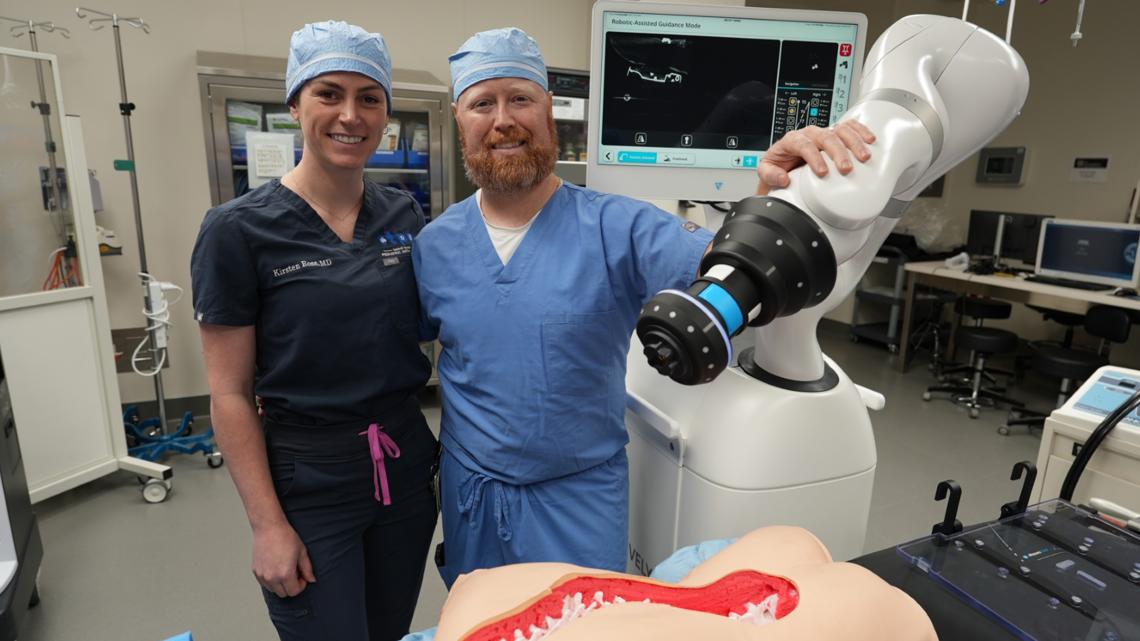Will Users Embrace It? New AI Tool Predicts Tech Adoption Resistance

It's a familiar paradox: we eagerly anticipate technological breakthroughs, envisioning them as solutions to our most pressing challenges. Yet, when faced with a new gadget, software, or platform, many of us remain stubbornly skeptical, hesitant to abandon familiar tools and workflows. A groundbreaking new AI-powered tool aims to change that, offering a predictive lens into user adoption and identifying potential roadblocks before a technology even launches.
Developed by researchers at [Insert Institution/Company Name Here – assuming this information is available, otherwise omit], the tool leverages machine learning algorithms to analyze a vast dataset of user behavior, market trends, and technological features. It goes beyond simple demographic data, delving into psychological factors like perceived usefulness, ease of use, and the potential for disruption to existing habits. Essentially, it attempts to answer the enduring question: “Why do some technologies thrive while others fade into obscurity?”
How Does It Work?
The tool's predictive power stems from its ability to identify patterns in user responses to previous technological innovations. It considers a range of variables, including:
- Feature Complexity: Is the technology intuitive, or does it require a steep learning curve?
- Perceived Value: Does the technology offer a clear and compelling benefit to users?
- Compatibility: Does the technology integrate seamlessly with existing systems and workflows?
- Social Influence: How is the technology perceived by influencers and early adopters?
- User Trust: Does the technology inspire confidence and address privacy concerns?
By analyzing these factors, the tool generates a “resistance score,” indicating the likelihood of user rejection. This score allows developers and companies to proactively address potential issues and refine their product or marketing strategy.
Beyond Prediction: Guiding Innovation
The implications of this tool extend far beyond simple prediction. It provides valuable insights for product development teams, enabling them to design technologies that are inherently more user-friendly and appealing. For example, if the tool predicts high resistance due to complexity, developers might focus on simplifying the user interface or providing more comprehensive training materials. Similarly, if privacy concerns are flagged as a potential barrier, they can prioritize data security and transparency.
“We’re not just trying to predict failure,” explains [Insert Researcher Name/Quote if available]. “We want to empower innovators to create technologies that are truly embraced by users. By understanding the psychological barriers to adoption, we can build solutions that are not only powerful but also intuitive and trustworthy.”
The Future of Tech Adoption
As technology continues to evolve at an accelerating pace, the ability to anticipate user adoption patterns will become increasingly critical. This new AI tool represents a significant step forward in that direction, promising to bridge the gap between innovation and acceptance. By proactively addressing user concerns and designing technologies with human behavior in mind, we can unlock the full potential of technological advancements and create a future where innovation truly benefits everyone.






